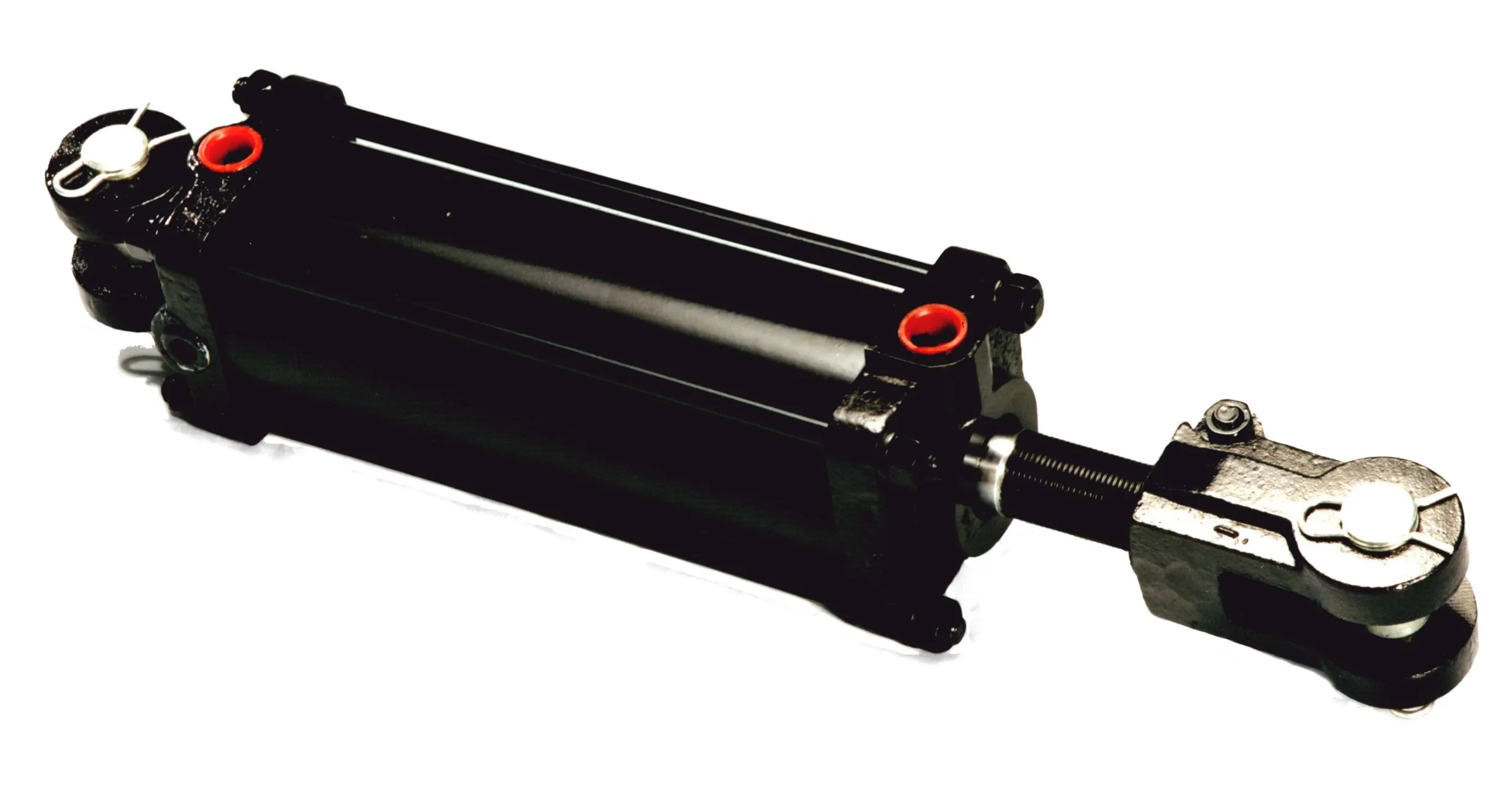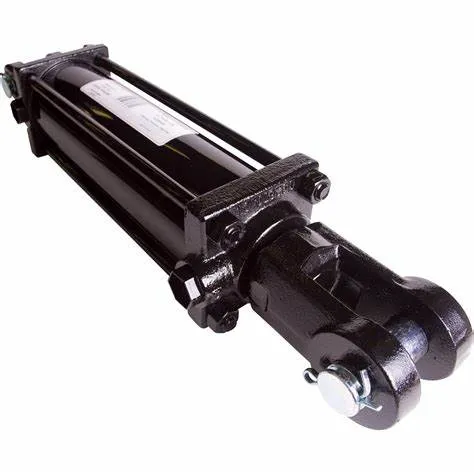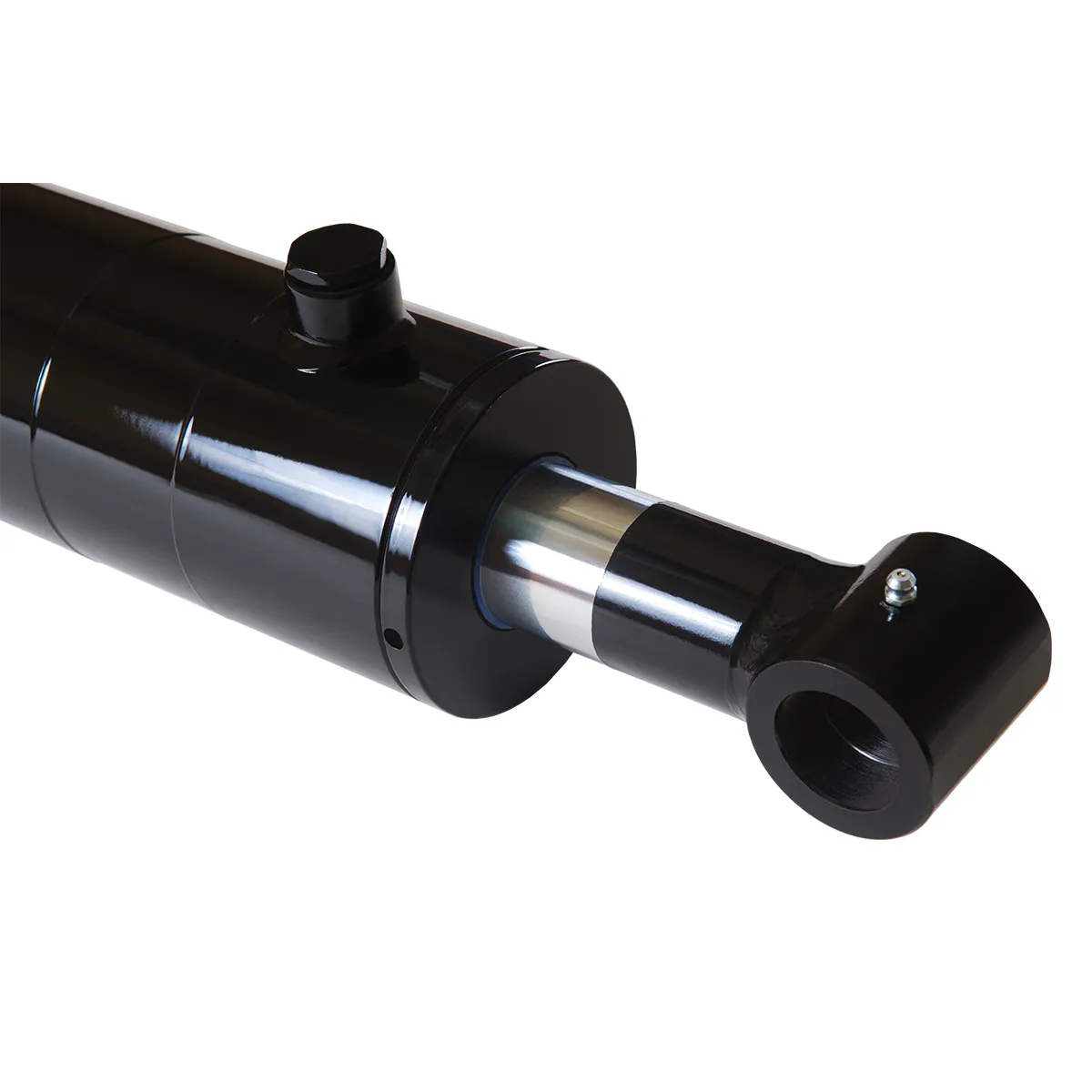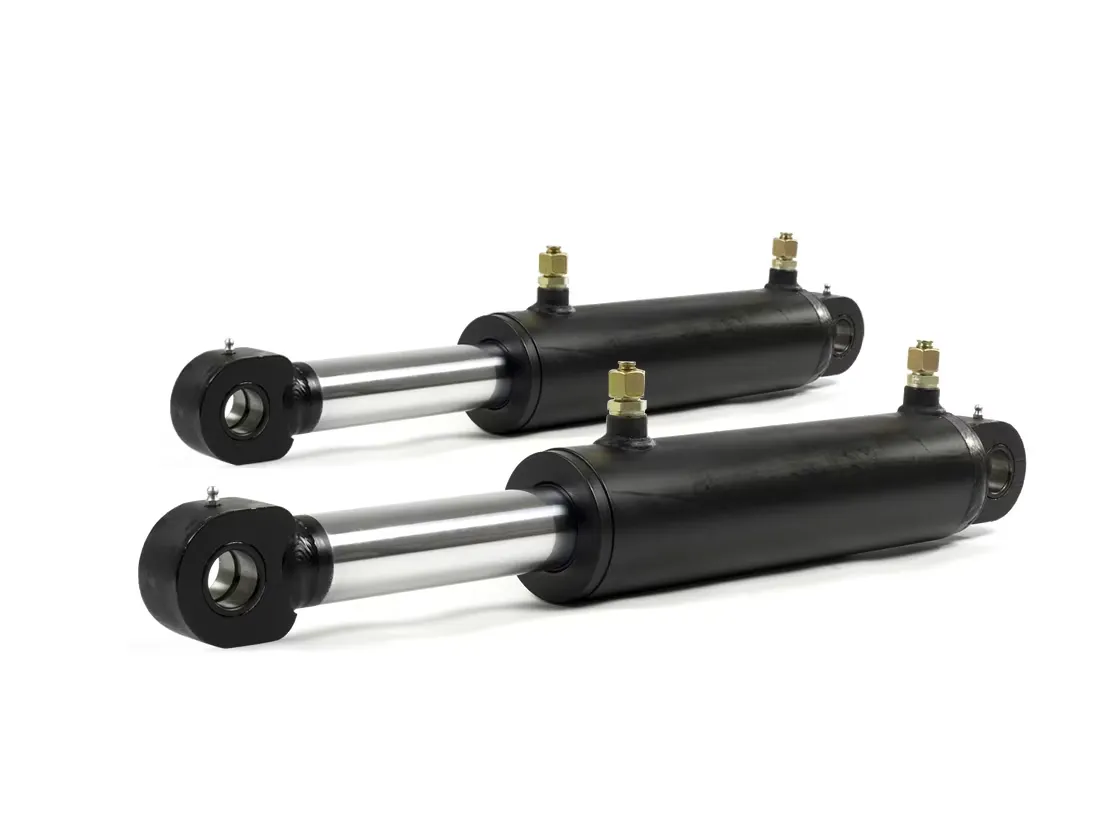
Introduction to Reversible Welded Hydraulic Cylinder Usage
In the realm of hydraulic systems, the term “reversible welded hydraulic cylinder” plays a crucial role in ensuring efficient and seamless operation. These cylinders are designed to provide bidirectional force and motion, allowing for versatile applications across various industries.
Definition and Role of Reversible Welded Hydraulic Cylinders
Reversible welded hydraulic cylinders are essential components in hydraulic systems that enable the transfer of force and motion through hydraulic fluid. These cylinders are known for their ability to operate in both directions without the need for changing the hydraulic line connections, providing flexibility and versatility in equipment operation.
- Reversibility: Enables operation in both directions without changing connections
- Durability: Welded design ensures durability and high working pressure tolerance
- Simple Maintenance: Fewer moving parts reduce maintenance frequency
- Cost-Effective: Less expensive to manufacture compared to traditional cylinders
- Compact Design: Space-saving structure suitable for narrow working environments

Design Characteristics of Reversible Welded Hydraulic Cylinders
Reversible welded hydraulic cylinders consist of components such as the cylinder, piston, rod, and end cap, typically constructed using materials like steel or stainless steel. Their design features include double action and two-way flow, allowing for precise control and efficient operation.
Working Principle of Reversible Welded Hydraulic Cylinders
The working principle of reversible welded hydraulic cylinders involves the extension and contraction of the cylinder based on the flow and pressure of hydraulic fluid. This movement is essential for various applications, providing the necessary force and motion for equipment operation.
Industries Using Reversible Welded Hydraulic Cylinders
- Construction Machinery
- Agricultural Machinery
- Industrial Manufacturing
- Mining Equipment
- Waste Disposal

Design Considerations and Selection Criteria
When choosing a reversible welded hydraulic cylinder, factors such as bearing capacity, sealing, durability, safety, and maintainability must be taken into account to ensure optimal performance and longevity.
Sealing and Lubrication
Proper sealing and lubrication of reversible welded hydraulic cylinders are essential for preventing leaks and maintaining smooth operation. The use of high-quality seals and regular lubrication procedures can enhance the longevity of the cylinder.

Maintenance and Safety Considerations
Regular inspection and preventive maintenance measures are crucial for ensuring the safe and efficient operation of reversible welded hydraulic cylinders. Adhering to proper installation guidelines and maintenance procedures can prevent potential issues and improve overall performance.
Conclusion
Overall, reversible welded hydraulic cylinders are versatile components that find applications in various industries due to their bidirectional operation and durable design. Understanding the key principles and considerations related to these cylinders is essential for optimizing their performance and longevity.
Author: lyl
